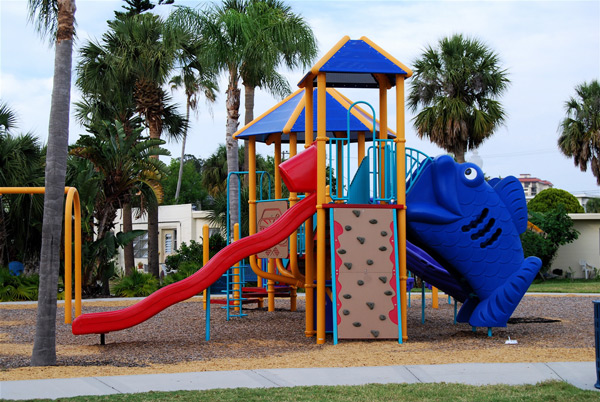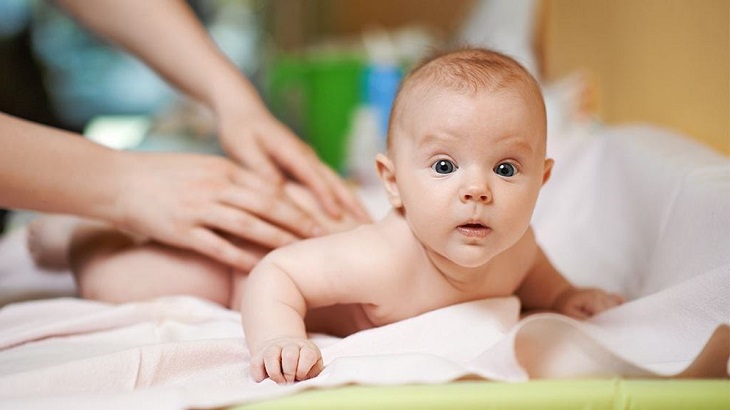It’s tough when your baby won’t stop crying because it makes you worry that something might be wrong, that your parenting skills aren’t good enough, or that you’ll never bond with your baby. But most of the times, there’s no reason for alarm.
Babies cry for countless of innocuous reasons as that’s the way they communicate with us. And while some signs in crying babies may signal that you need to visit a doctor, most of the time babies cry due to harmless issues like lack of sleep, hunger or teething pain. However, while crying might not be harmful to your bub, for you as a parent, all that noise can lead to headaches and burnout. To successfully soothe your fussy baby, you can use the following methods:
Baby Teethers for Soothing Gum Pain
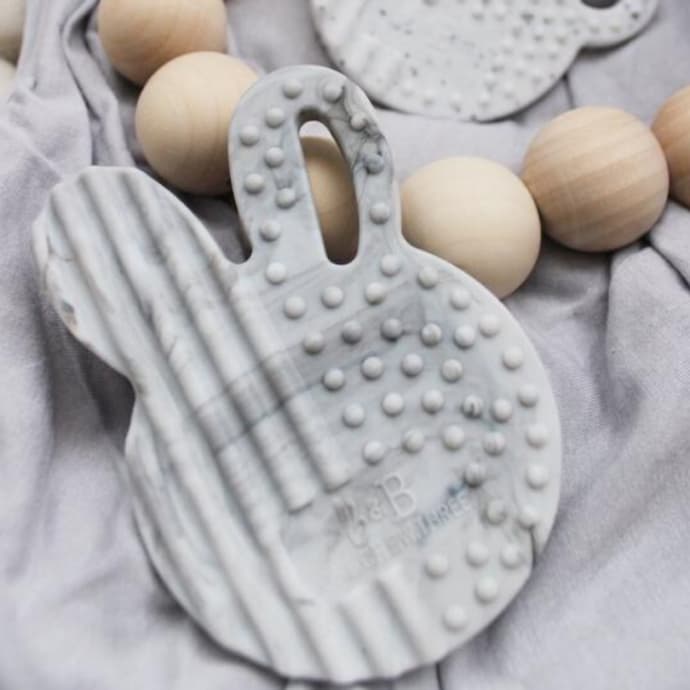
Teething usually starts anywhere between 3 months to 10 months. Excessive crying, red and swollen gums, crankiness, flushed cheeks, loss of appetite – are all symptoms you’ll definitely notice once teething starts. Our poor little ones become subject to so much discomfort and irritation that as parents we all want to stop their pain. While you can’t prevent teething pain, what you can do is help soothe it with teethers.
There are plenty of teething toys on the market and many contain plastic, BPA and other potentially harmful chemicals that we don’t want to end up in our little ones’ mouths. If you’re currently going through teething woes with your baby, one kind of teething solution certainly stands out from the crowd – getting a non-toxic wooden baby teether.
You may think that hardwood isn’t the most comfortable material for teething babies to gnaw on, but having on hand something harder than silicon is actually more helpful. When teeth start poking out, softer materials like silicone or rubber are easier to puncture, and hardwood gives the necessary resistance and helps strengthen the teeth and their roots. But, are wooden teethers safe for baby?
Made of a natural material – non-splintering, chemical-free, antibacterial and shock-resistant hardwood, these infant teethers will not absorb odour or support the growth of mould, fungus or bacteria. And all of this certainly makes them a healthy option. Hand-sanded to a smooth and silky finish, wooden rings are left untreated to avoid possible allergens and sensitivities. But you can use your own soothing oil or wax and cover the teether to lessen the gum pain. Wood teethers should not be submerged in water but rather cleaned with a damp cloth.
To get the best of both worlds, you can also opt for duo silicone and wood baby teether which will allow your child to soothe and massage sore gums. But make sure the silicone used is 100 % food-grade, free from BPA, lead, cadmium, phthalates, PVC and latex.
Baby Sound Machine for Falling Asleep Easier
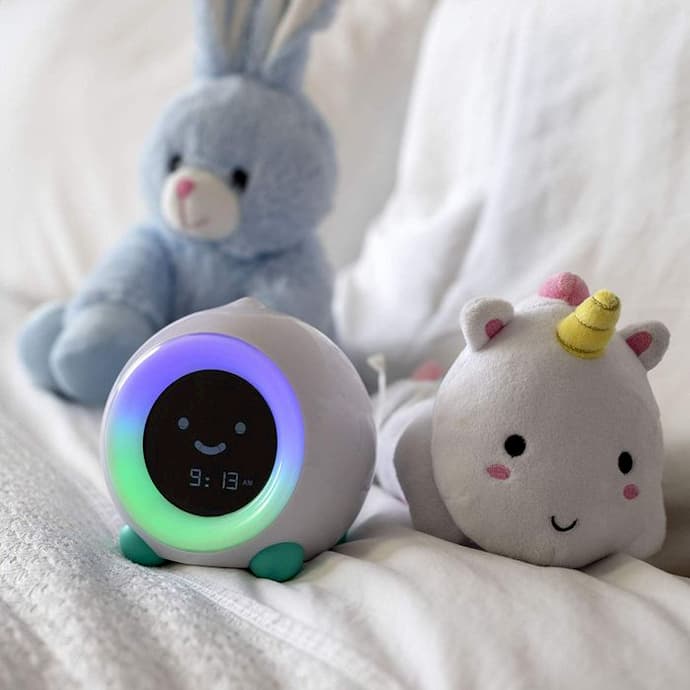
Although most parents still swaddle their babies to soothe them, there are more convenient ways you to calm a baby and help it fall asleep. Sound therapy is one of those options. It works great with fussy babies, and it’s a very powerful tool to help babies sleep.
To use sound therapy, you need a rough, rumbly whoosh noise that’s as loud as their crying. To achieve this, you can put your mouth close to your baby’s ear and make a strong “Shhhhhhhh” sound. But it’s far easier to invest in a baby sound machine.
“Do sound machines work for babies?”, you might ask yourself. These machines are professionally designed to produce smooth and soothing sounds for your baby. They are suitable for young children from newborns to toddlers. Sound machines can provide white, pink, grey and brown noise – sounds like a fan, cracking fire, train, frog, birds, rain, ocean, thunderstorm, womb sound. They may also have additional options like lullabies.
All these sounds encourage babies to calm down and sleep better, but the most effective sounds would be those that your baby heard in the womb. That being said, different babies respond differently to sounds, and you can monitor your baby’s reactions to discover what works best for them. Sound sleep machines are battery operated and may provide even more than 10 hours of playing. They have 30, 60 or 90 minutes of continuous melodies, and you only need to choose which sound helps your baby to drift off to sleep faster.
Best of all, these machines are portable and lightweight, so you can bring them along on car rides, or leave them in a grandparent’s house, uncles/aunts. They are great wherever and whenever you leave your child in the care of others.
As with swaddling, the baby sound machine shouldn’t be used 24 hours a day. You’ll want to play it during crying episodes and during naps and nighttime sleep.
Baby Aromatherapy
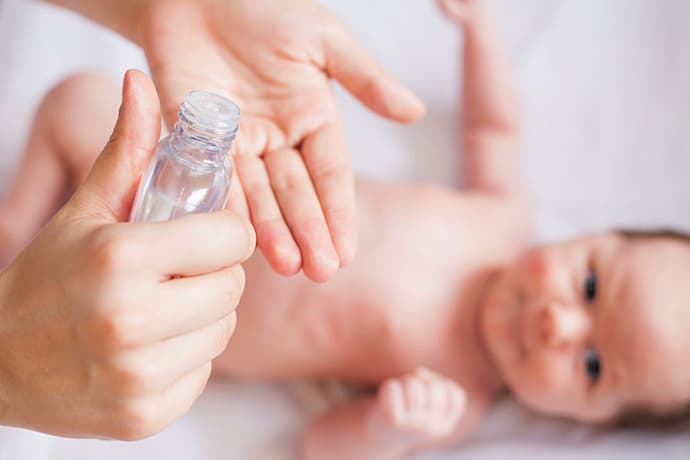
Aromatherapy or essential oil therapy has been practised in medicine for centuries to promote physical and emotional wellbeing with babies equally as with adults. Aromatherapy is safe to use for babies older than 3 months. It can help them sleep better, calm their anxiety and also relieve symptoms of colic.
With so many pure and essential oil blends on the market today, you need to check product labels and make sure you’re using authentic, unadulterated essential oils for your baby.
Chamomile and lavender essential oils have been traditionally used to help treat insomnia. They also have gentle scents which make them perfect for babies. Both oils have also been shown to help anxiety and relieve symptoms of colic and uplift a fussy baby’s spirits.
Essential oils can be used in different ways. But for babies, the best methods are through massage (also helps nourish the baby’s skin) and with a diffuser.
Additional Tips
- Nurse your baby. In most cases, babies cry because they’re hungry. Breastfeeding a baby is a wonderful thing, but breastfeeding a fussy baby is often a challenge. Investing in breastfeeding clothes provide you with much-needed flexibility and discreetness to feed your baby when not at home.
- Rock your baby. To help your little fusser feel better, you can simply rock your baby. Stand with your feet slightly apart, hold your baby tightly and swift him back and forth continuously. Using a rocking chair might make this task easier.
- Change the baby’s clothes. Buying the right baby and children clothes may sometimes solve the crying problem. Tight, confining and synthetic baby clothes and sleepwear can make the baby uncomfortable and cause trouble falling asleep.


